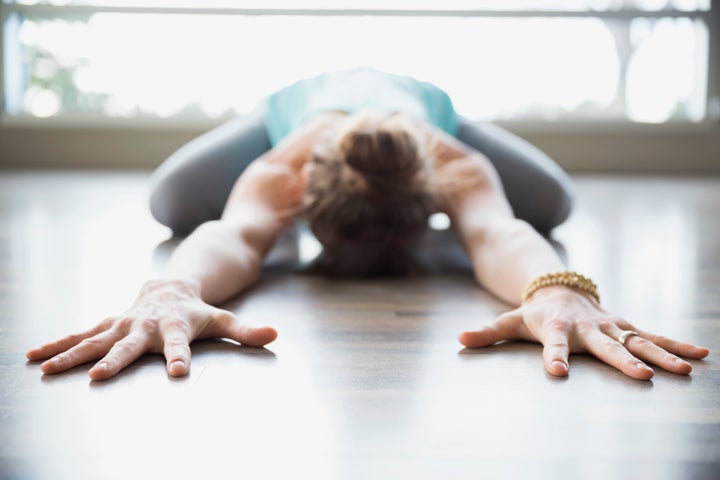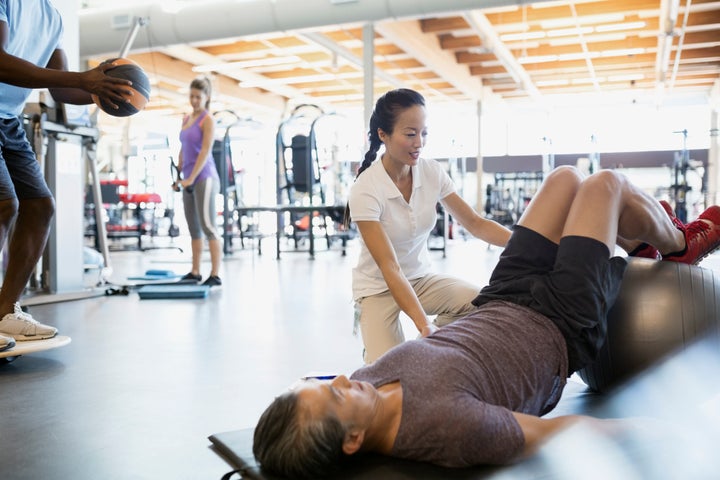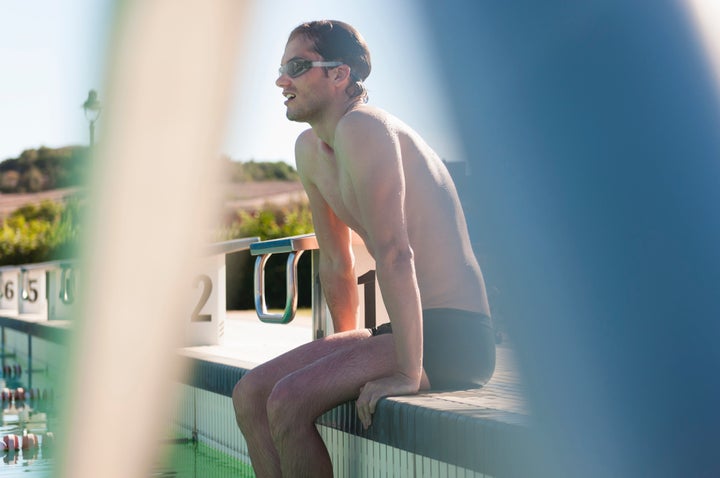Sports injuries offer a double blow to athletes and active types: if the physical discomfort itself wasn’t bad enough, there are all those lost hours at the gym, track, field or court, stretching ahead to add insult to injury.
But while your usual routine might have to be taken down a notch or two, “take it easy” doesn’t have to mean, “hang up your trainers and spend the next few weeks wallowing in self-pity on the sofa”.
Staying active is an essential part of injury recovery and helps prevent stiffness in the injured area. In fact, certain sports and forms of exercise can actively aid recovery.
Here are a few of the best activities for helping injured sporty types get back in the game. You never know, you might just find yourself a new sporting addiction in the process.

Pilates
Pilates has been quietly shaking off its gender stereotype and building its reputation as an effective form of injury rehabilitation over recent years. And the exercise technique, which focuses on developing a strong core, is now used by the likes of top class rugby and football players.
“Pilates helps to lengthen short, tight muscles and strengthen long, weak muscles that will help get your body back into balance after injury,” explains chartered physiotherapist Sammy Margo.
“It can be done at home or at a gym, in a mat work context, but initially, it’s always a good idea to do it with an instructor so you understand what you’re doing. Many patients who push the boundaries too much can get injured – so although it’s low impact, you do need to get some guidance before you take it upon yourself.”

Gym workouts
Recovering from injury needn’t mean giving the gym a wide berth. In fact, even if you didn’t use the gym before your injury, now could be a good time to sign up.
“The great thing about the gym is that the machines are set up in such a way that you can gradually and incrementally increase your activity. Many gyms nowadays use smart technology so you can pin in your details to get a clear idea of what level you were at before and how you’re progressing – and vary your weights and repetitions, accordingly,” says Margo.
She also suggests varying the loading in different areas of the body: “You could do five minutes on a treadmill, five on a cross trainer and five on an exercise bike. Therefore, you get 15 minutes of a variety of exercise without straining or loading any particular area.”
Swimming
Swimming is a great way to stretch and tone your muscles and give your body a full range of motion (bye-bye stiffness). Thanks to the support of the water, it’s as low-impact as you can get and makes you essentially weightless so no need to worry about putting any weight on your injury.
But it’s important to note that when it comes to swimming, good technique is everything – and choosing the right stroke and mastering the correct form is essential. Backstroke, for instance, where the back is supported may be better for lower back pain, while swimming breaststroke with your head out of the water could put pressure on your neck and shoulders.
So, before you dive in head first, always consult your doctor or physio as you would before embarking on any form of exercise while in recovery from an injury.

Yoga
“Yoga is a low intensity form of exercise that’s done carefully and with consideration, making it a very useful form of therapy to be done when returning to activity,” says Margo.
“It’s a safe and accepted way to improve your strength and flexibility and balance and can even prevent falls and help with arthritis.”
One study by the University of California found that iyengar yoga helped reduce pain in women with rheumatoid arthritis.
“Find the most suitable style of yoga for you,” suggests Margo. “Then try out at least one-to-one session with an instructor before using a DVD.”
Walking
If in doubt, walk. Unlike running, walking doesn’t have the ‘flight’ phase when both feet are off the ground at the same time so there is far less exertion on the joints.
“The great thing about walking is that you can do it anytime, any place, anywhere. All you need is a good pair of shoes and the right attitude,” says Margo. “Also, you can break up your exercise into bite-sized chunks and do as little as you like, building things up gradually.”
The downside, of course, is that walking doesn’t offer the same cardiovascular workout as running or other high-intensity sports. Rather than increase your speed, boost your heart rate by introducing a few hills.